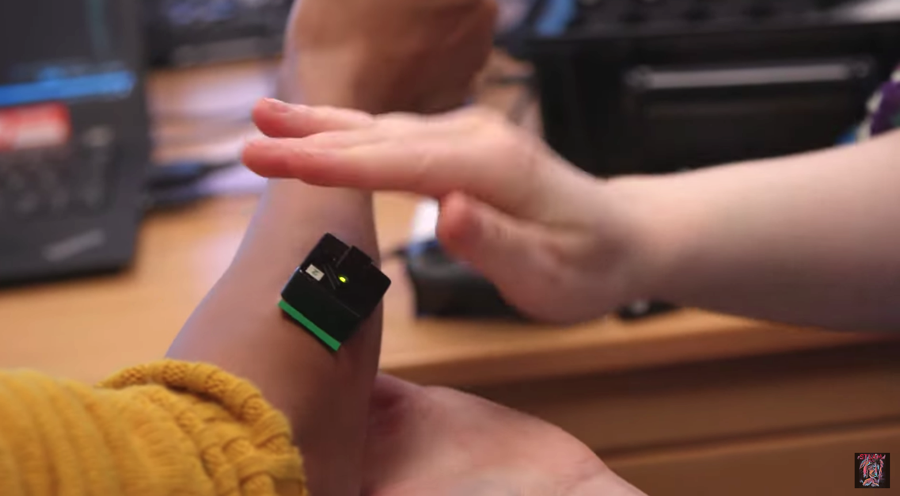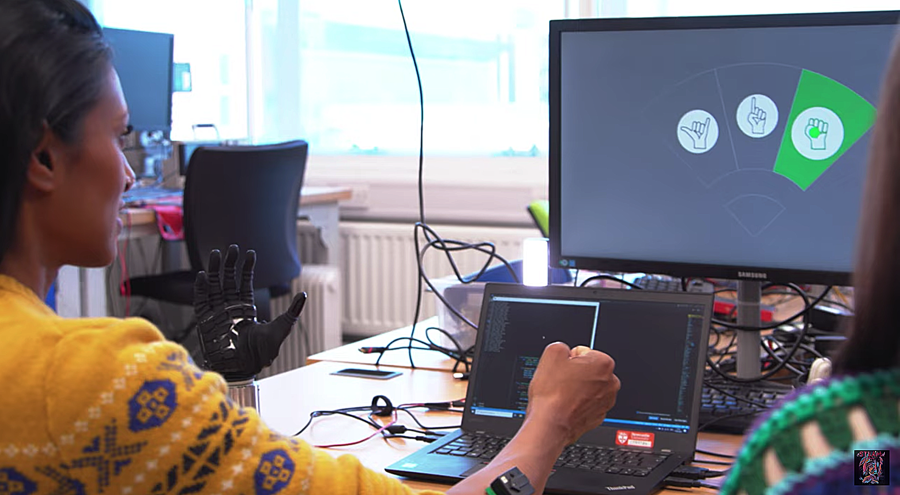With a mechanical hand and myo electrode sensors that measure muscle activity, Dr Jennifer Olson is designing and improving upper arm prosthetics that make everyday activities easier for people with amputations.
Olsen is a biomedical engineer who problem solves where technology interacts with the human body. She shares her work in this Engineers Making a Difference video with engineer (and prosthetic hand tester) Dr Shini Somara:
“The hand needs instructions you would need to tell it when you want it to open, when you want it to close, and one of the most convenient ways to do that is to just use our own natural muscle activity. So if that person’s had an amputation, they usually still have usable muscles in that limb, and we can use those to control the hand.”


Olson also creates prototypes and parts with 3D-printing, giving her the power to redesign and retest components in a streamlined way. That flexibility makes it easier to solve challenges quickly.
“I could see that there was an issue with sort of the mechanical aspect of the socket, the way it actually fits on the person’s arm was impacting all of the technical like electronics behind it, was impacting the signal detection and therefore the function of the hand. I thought, ‘Oh okay, my skills are mechanical, that’s what I enjoy doing,’ and the fact that I could perhaps use that to help this problem, that was just a really exciting prospect to me.”

The video is one in a video series by Dr Shini Somara about Engineers Making a Difference, her book of the same name. Follow Somara on YouTube, Instagram, and TikTok.
Then watch these related videos next:
• A teen inventor demonstrates his mind-controlled prosthetic arm
• Derby the dog runs on his 3D printed prosthetic paws
• Boy gets prosthetic hand made by 3-D printer
• Cardboard Boats, a DIY engineering activity
• Spaghetti bridges, a DIY engineering activity for kids (and adults)
Curated, kid-friendly, independently-published. Support this mission by becoming a sustaining member today.

